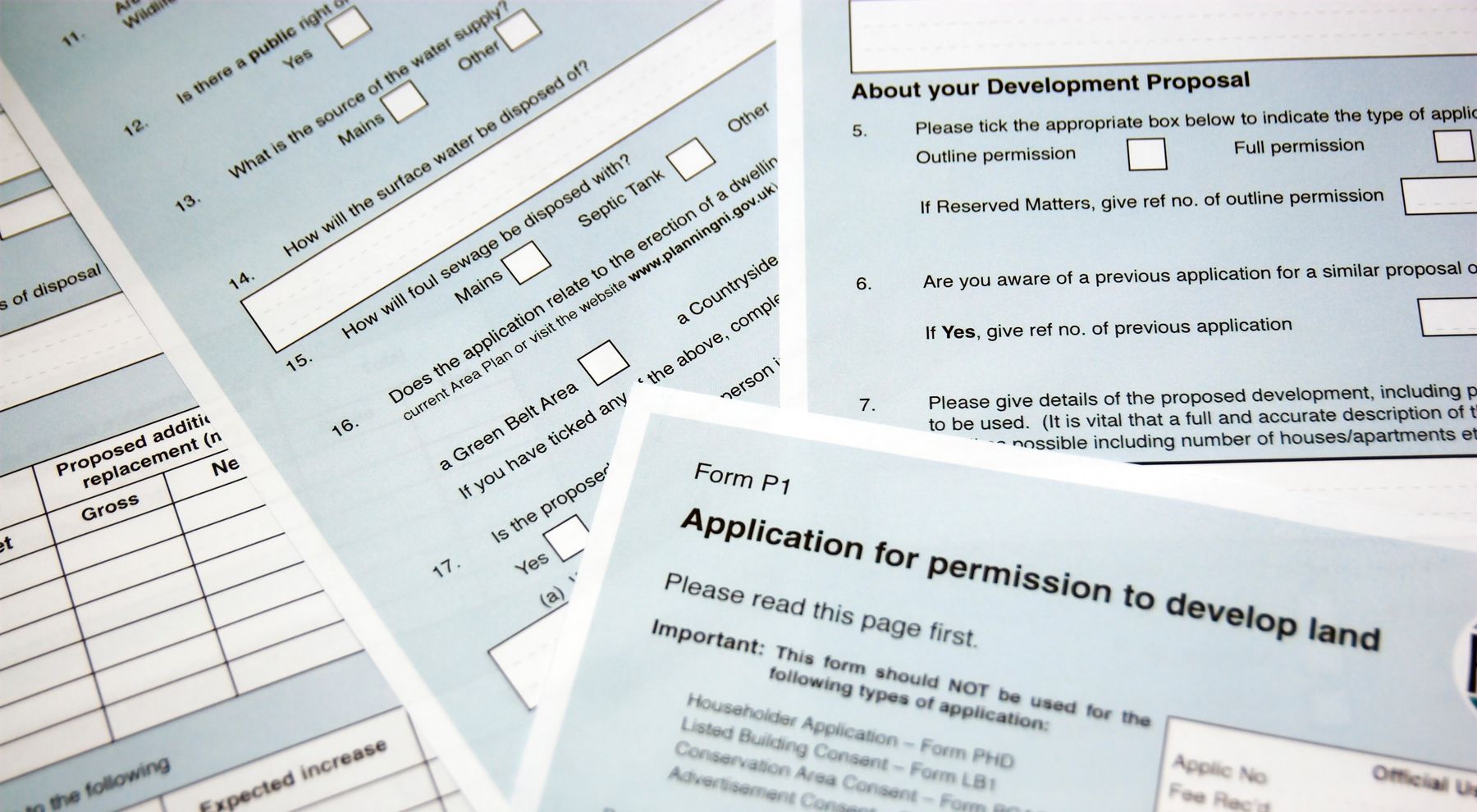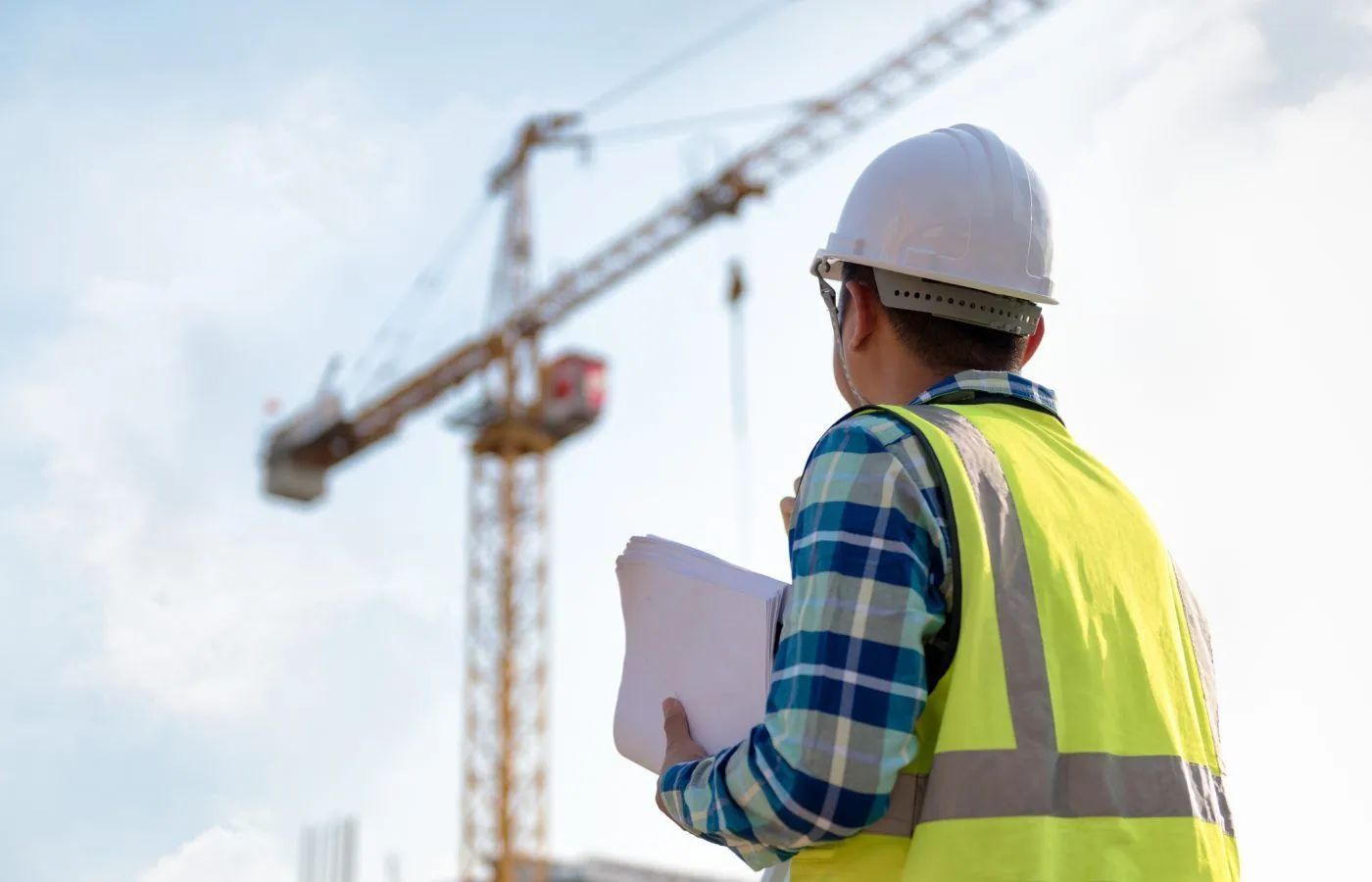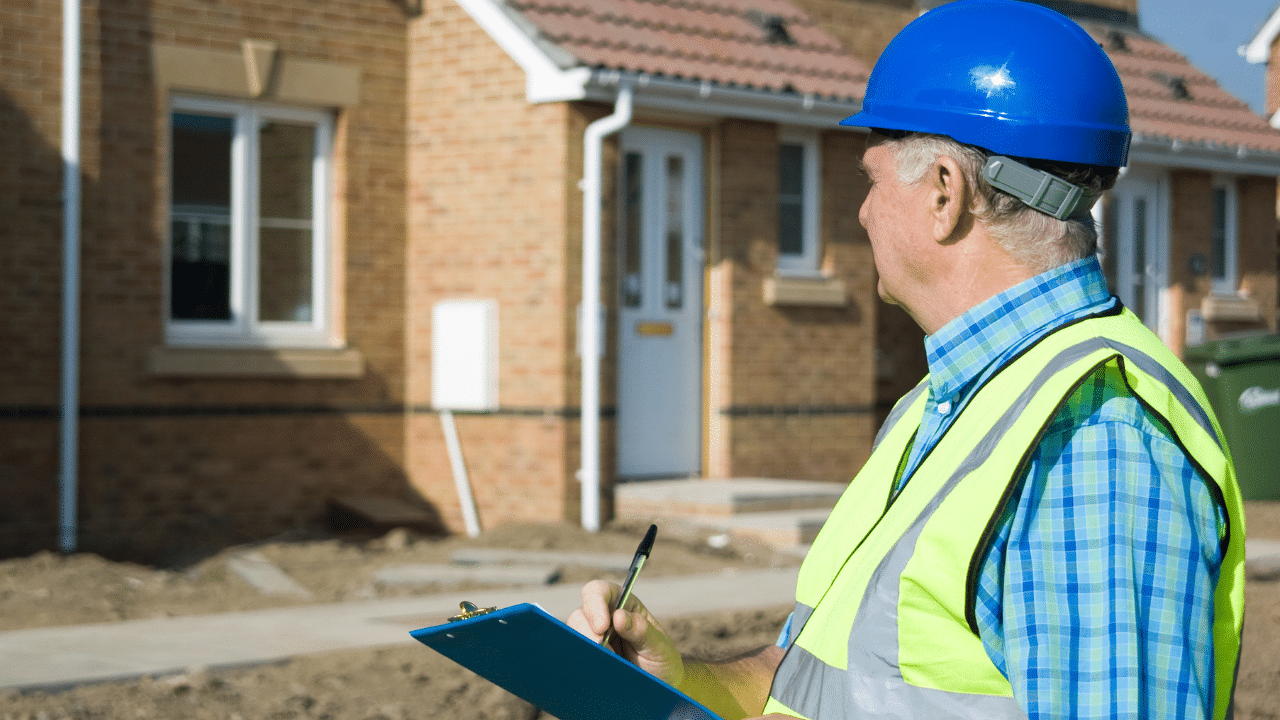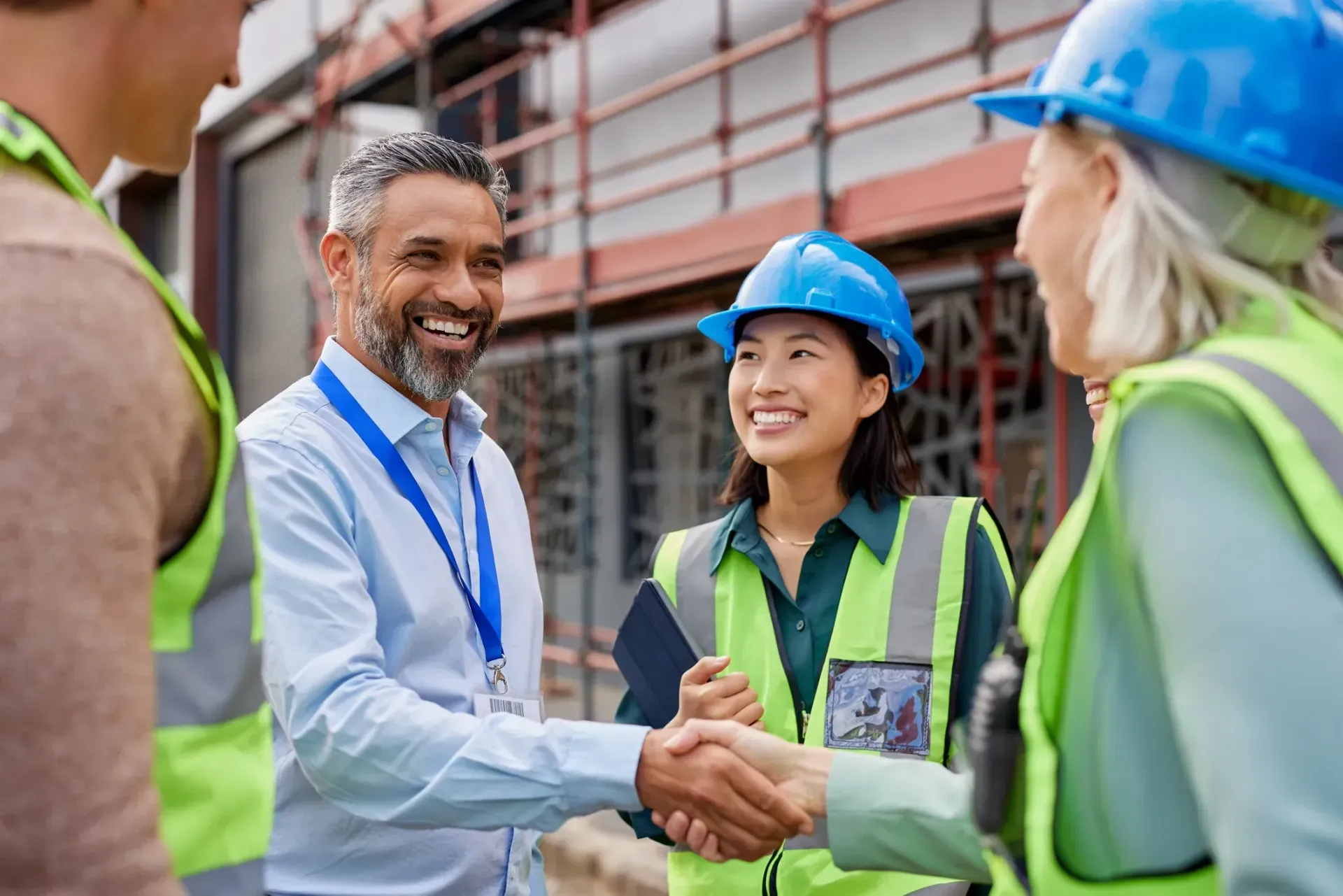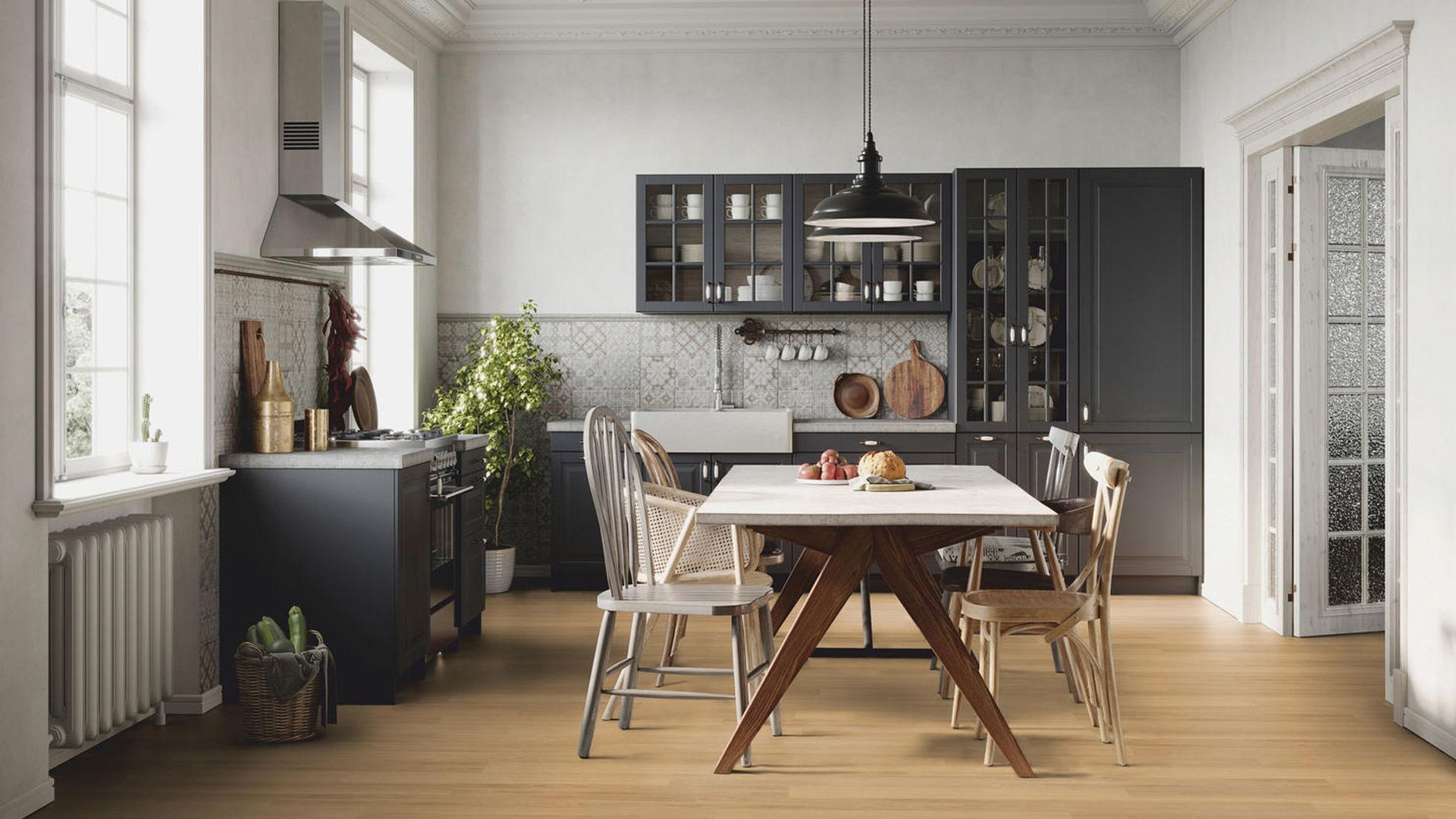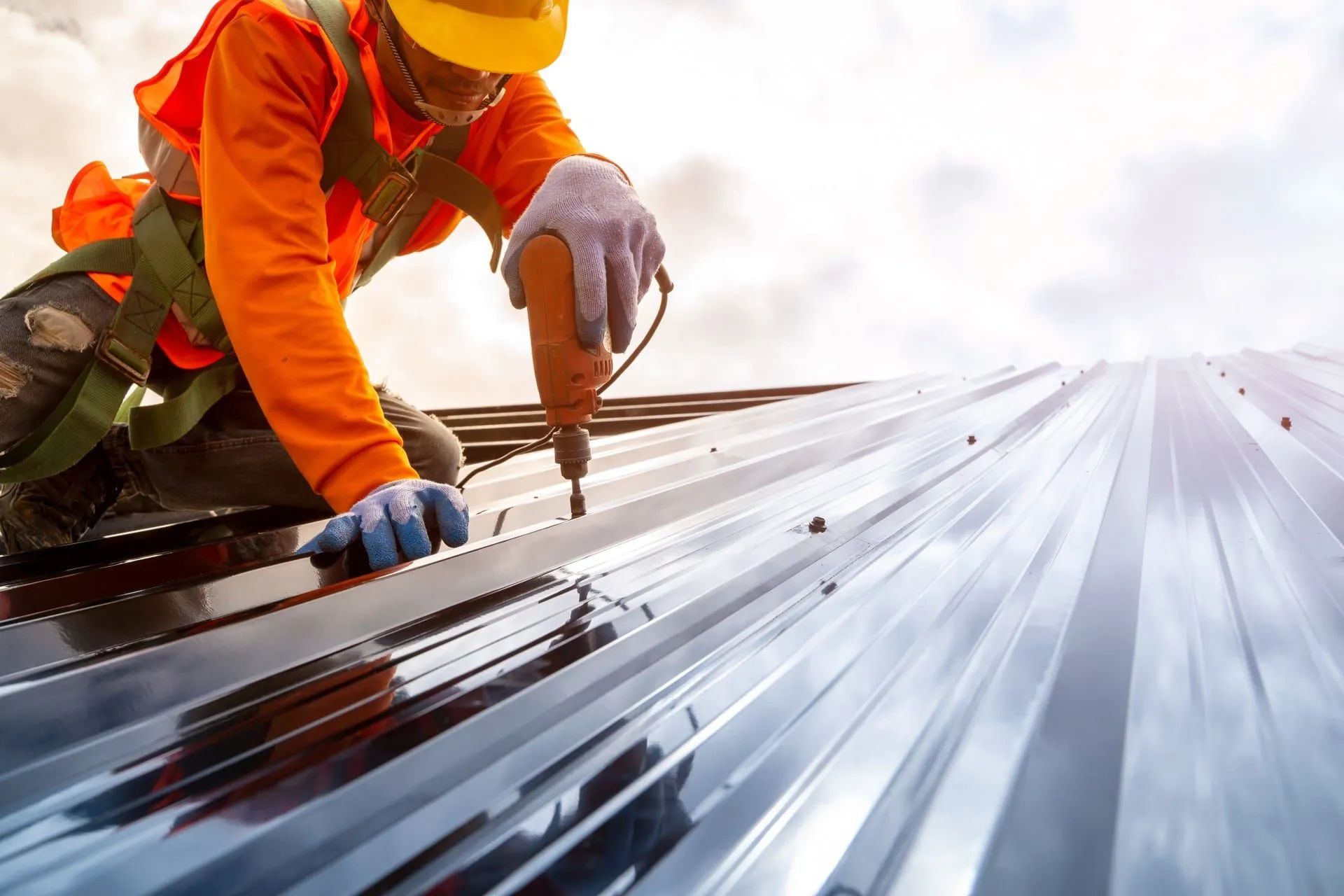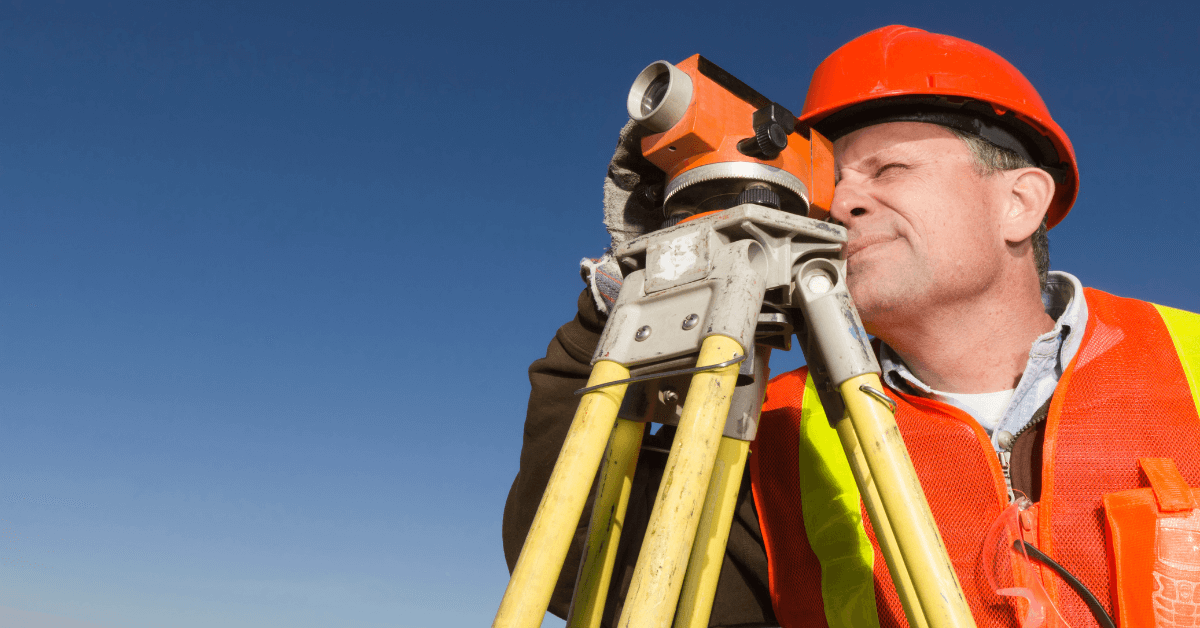The Latest Developments in Sustainable Architecture and Green Building
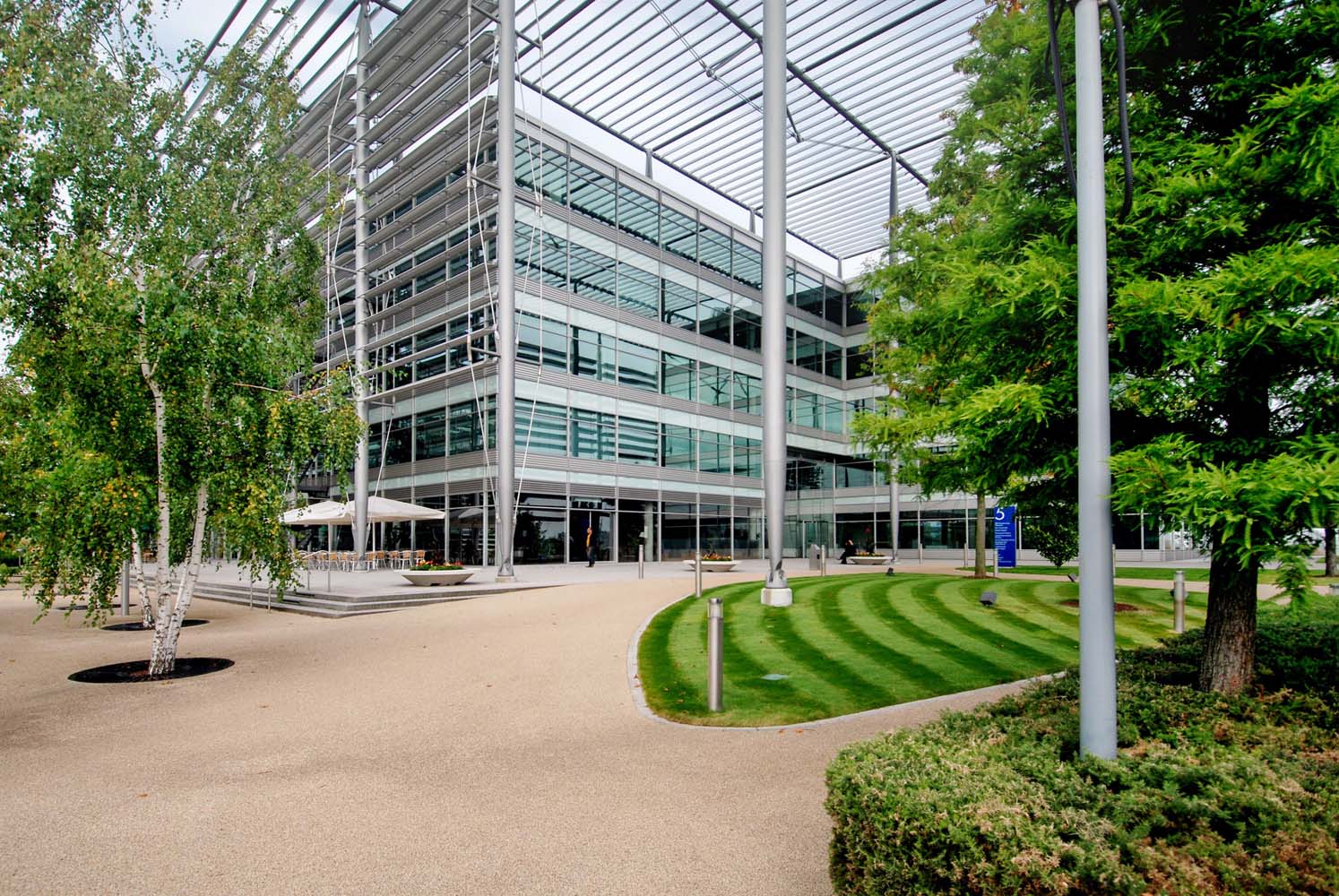
The world is home to many examples of breathtaking architecture, from centuries old cathedrals to iconic modern buildings like The Shard or Sydney Opera House. These buildings offer many practical and aesthetic benefits, however, the construction industry has had negative impacts on the environment that are becoming increasingly prevalent.
According to some studies, the construction industry is responsible for up to 50% of climate change, 40% of global energy use and 50% of the total waste sent to landfill. These statistics are concerning, but many construction and architecture companies are making conscious efforts to use more sustainable building materials and design practices.
Sustainable or ‘green’ building involves using eco-friendly construction materials in a building’s design, as well as taking steps to ensure that the construction itself causes as little damage to the surrounding environment as possible. Many architects are also designing buildings with sustainability in mind, to create a series of green buildings that are as environmentally friendly as they are functional.
The advance of technology has meant that green building methods and designs are constantly evolving, so if you want to find out more, read on for our guide to the latest developments in sustainable architecture and green building materials.
Many traditional construction materials are not biodegradable, which means they’ll end up as landfill waste unless they’re reused or recycled. Using biodegradable materials is an eco-friendly way to counteract this issue and they don’t include the toxic chemicals used in many traditional construction materials, like paint.
Examples of biodegradable construction materials include bamboo, wooden shingles and bioplastics. Bioplastics are made from soybeans and they break down at a rapid rate compared to oil based plastics, which can take up to 1,000 years to break down in landfill. In comparison, bioplastics degrade at around the same rate as paper - roughly two to six weeks.
This is one of the latest and most exciting biodegradable materials, made from the thin root-like fibres of fungi. This material is remarkably strong once dried and can be shaped into bricks which are then used to build walls, or entire buildings. Mycelium is 100% organic, as well as water, mould and fire resistant. It can even be grown to form specific shapes and it’s well on the way to helping the construction industry reach its sustainability goals.
Carbon neutral buildings, like Melbourne’s Pixel Building, generate all (or the majority) of their energy on site. Carbon neutral buildings work to dramatically reduce their carbon emissions through reduced energy consumption and the use of low carbon energy sources. They also make efforts to offset any carbon emissions that are produced, to reach a goal of zero net regulated carbon emissions.
Carbon neutral buildings use renewable energy sources like solar or wind, as well as other eco-friendly practices like recycling wastewater.The sustainable and green building practices listed here all work towards helping a building reduce its carbon emissions, so keep reading to find out more.
Smart glass is a type of glazing with light transmission properties that can be altered when powered by electricity, heat or light. Most smart glass is powered by electricity and incorporated into a building’s general control system, allowing users to choose how much natural light enters a building.
Being able to control the amount of solar radiation means that buildings can save significant amounts on heating, ventilation and air conditioning costs, as well as cut down on the amount of total energy consumed.
Self-powered buildings are set to transform energy use and they could also reduce a building’s energy bills by up to 60%. The Active Classroom in Swansea is a pioneering project that’s been named the UK’s first ‘energy-positive’ classroom. This means that the building generates more energy than it consumes - one and half times more, to be exact.
The building was constructed in just eight months and it uses a range of technologies to generate as much energy output as possible. These include, steel roofs with inbuilt solar cells, steel cladding to capture solar heat energy and an electrically heated floor coating. These types of self-powered buildings also help to reduce carbon emissions, to allow a building to be not just carbon neutral, but carbon negative. This means that not only is the building’s carbon footprint zero, it also actively removes carbon dioxide from the atmosphere, reducing the amount of overall greenhouse gases emitted.
Many buildings are now constructed with inbuilt water efficient systems, which effectively reuse and recycle water throughout the building. Water conservation can be achieved through the use of dual plumbing, rainwater harvesting, greywater reuse and water conservation fixtures (like shower heads or lavatory flushes). Studies have found that these technologies can lower water wastage by up to 15% in urban areas, which means that freshwater can be preserved to address shortages.
Also known as living roofs, this building feature covers the roof of a building partially or entirely with vegetation, planted on top of a waterproof membrane. These roofs add vital greenery to dense urban areas and they have many sustainable, environmentally friendly benefits too.
Green roofs help to capture rainwater (this can be used in a water conservation system like the ones mentioned above). They also provide a high level of thermal insulation which helps to cut down on a building’s energy consumption. The plants themselves offset greenhouse gas emissions through carbon capture (where trees and plants take carbon dioxide from the air and release oxygen), which also improves the surrounding air and water quality.
Green roofs can also be used to grow vegetables and provide a habitat for wildlife, which helps to increase the biodiversity of the local area. In some cases, they can even lower a city’s average temperatures during hotter months, combatting the urban heat island effect. Green roofs have become increasingly popular in recent years, thanks to these many environmental benefits, their energy saving properties and aesthetic appeal.
Buildings are often frequently demolished to make space for new ones, but the demolition itself can cause a lot of harm to the surrounding environment. Sourcing raw materials like concrete and steel from scratch also uses enormous amounts of energy and extraction methods like quarrying or mining can cause further damage to local water and air supplies.
Many building and construction companies are now choosing to refurbish a building, instead of tearing it down and reconstructing a brand new one in its place. Many older structures can be refurbished and updated to include green technologies like solar panels, a green roof or eco-friendly insulation. This is far more sustainable than building an entire structure from scratch and it saves the energy and resources needed to harvest new materials.
Simon Levy Associates - Professional chartered building surveyors in Hertfordshire and beyond
If you’re thinking of making some sustainable adaptations to an existing building, or starting a new green project, get help from the experts at Simon Levy Associates. We’re proud to offer a comprehensive range of professional building services to ensure that your next project can be completed to the highest standards.
Our team is available to conduct building defect diagnosis , full building and structural surveys, dilapidations, insurance claims and more. We can also provide expert witnesses and guidance regarding party wall matters and boundary disputes, so that your project can proceed as smoothly as possible.
We have a wealth of experience with both residential and commercial properties, so give us a call today or visit our website to find out more about how we could help you.